For the first edition of True North, published in 2007, Harvard professor and former Medtronic CEO Bill George interviewed 125 leaders and shaped their stories and insights into an instant leadership classic. Fifteen years later, George joins forces with millennial founder Zach Clayton, CEO of Three Ships, to revisit and expand the book. The emerging leader edition includes material from 48 new interviews and offers case studies of global leaders such as Mary Barra, Kabir Barday, Satya Nadella, Tracy Britt Cool and many more. George and Clayton speak directly to emerging leaders, advocating for a humanistic style of humble servant leadership that exalts ethical principles and purpose.
To prepare for leadership, get to know yourself deeply, including your reasons for wanting to lead.
Too often, people move into leadership positions without reflecting on their True North – their authentic selves and deepest values. Without a True North, they often seek to lead for spurious reasons: to impress others, earn more money or simply as a stepping-stone in their career. Without a purpose to guide them, leaders can fall prey to temptations or expediencies, some of which might result in improprieties or scandals.
For example, consider Mark Zuckerberg. He schemed his way into controlling Facebook by cheating his early collaborators and then pushed other rivals out of the company. Because Zuckerberg assumed leadership before he was ready – before he developed a True North – he continues to display a lack of integrity and a willingness to deceive, whether by creating increasingly addictive and polarizing algorithms or by refusing to take responsibility for his platform’s content and the discord it provokes. Elizabeth Holmes, too, fell into a destructive spiral when she built Theranos into a multi-billion-dollar house of cards...
Bill George, former chairman and CEO of Medtronic, now teaches MBA students at Harvard Business School. Zach Clayton is founder and CEO of Three Ships, a digital marketing platform for launching and scaling digitally driven businesses.










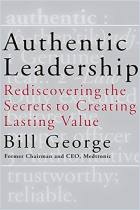
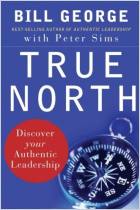

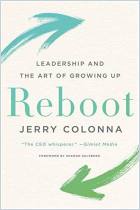
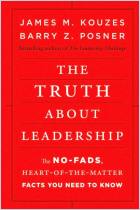
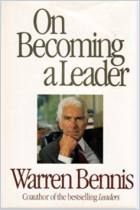






Comment on this summary or Start Discussion